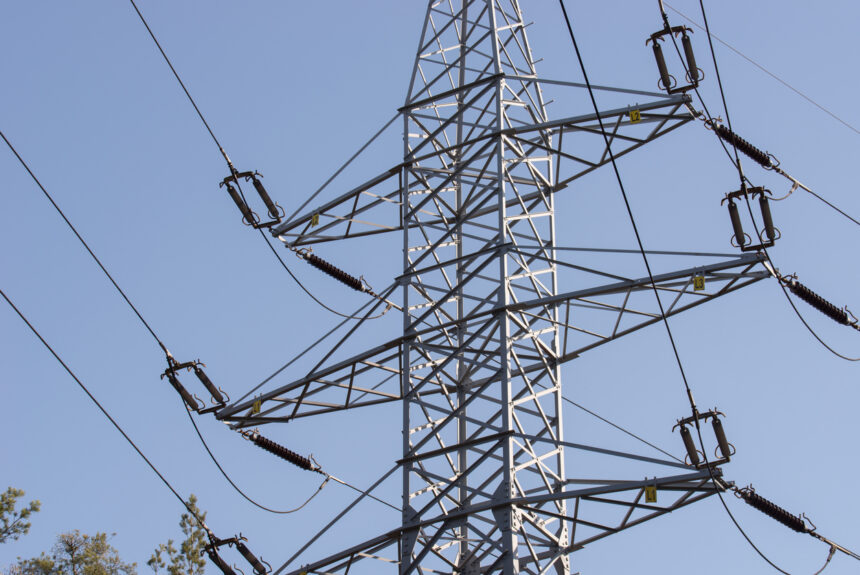Artificial intelligence is changing the world at an incredible pace. From automating tasks to generating human-like conversations, AI is becoming an essential tool in nearly every industry. However, many people don’t realize that AI consumes a massive amount of electricity.
Training large AI models requires high-performance computing, which demands significant energy. The power needed to train a single AI model can be equivalent to the yearly energy use of hundreds of homes. As AI adoption increases, so does its electricity consumption, putting pressure on power grids, driving up costs, and raising concerns about sustainability.
Co-locating data centers with energy sources is a practical solution that could help keep AI’s energy use under control. Instead of relying on power from overloaded grids, AI companies could build data centers directly next to power plants—especially renewable energy facilities like wind and solar farms and hydroelectric dams. Co-location would reduce costs, improve efficiency, and make AI operations sustainable.
At the same time, building data centers directly next to energy sources could be a game changer. One of the most significant advantages is cost savings. When energy is transported over long distances, some is lost along the way, and extra fees are incurred for transmission and distribution. By placing data centers at the source, AI companies can purchase electricity at lower prices and avoid these additional costs.
Energy efficiency is another significant benefit. When data centers are connected directly to power plants, they can use electricity more efficiently, reducing waste and improving overall performance. This is especially important as AI models evolve and require more computing power.
Sustainability is also a key factor. The tech industry is under increasing pressure to reduce its carbon footprint, and AI is no exception. Many data centers today still rely on electricity from fossil fuels, which contributes to carbon emissions and climate change. By co-locating with renewable energy plants, AI companies can power their operations with clean energy, significantly reducing their environmental impact.
>>>READ: Accelerating American AI and Energy Dominance on Military Bases and National Labs
This approach boasts enhanced reliability. Many regions face unstable energy grids, leading to power outages and disruptions. Data centers near dedicated power sources can ensure a steady electricity supply, making AI operations more reliable and less dependent on fluctuating grid conditions.
Some companies are already moving in this direction. Google, for example, has been investing in data centers powered by renewable energy sources to cut emissions and reduce costs. Microsoft and Amazon are exploring similar strategies, recognizing that the future of AI must be both efficient and sustainable.
If more AI companies adopt this approach, the benefits will be far-reaching. Energy providers will have a stable and predictable buyer for their electricity, encouraging further investment in renewable energy. Consumers will benefit from lower electricity prices as AI companies move away from traditional power grids. Most importantly, AI will be able to scale without putting additional strain on global energy systems or contributing to climate change.
While all innovations come with necessary trade-offs, artificial intelligence growth need not result in higher electricity bills or environmental costs Co-locating data centers with energy sources is an innovative, practical solution that benefits businesses, consumers, and the planet. Now is the time to make it a standard practice, ensuring that AI can continue to power the future—without overwhelming our energy supply.
The views and opinions expressed are those of the author’s and do not necessarily reflect the official policy or position of C3.
